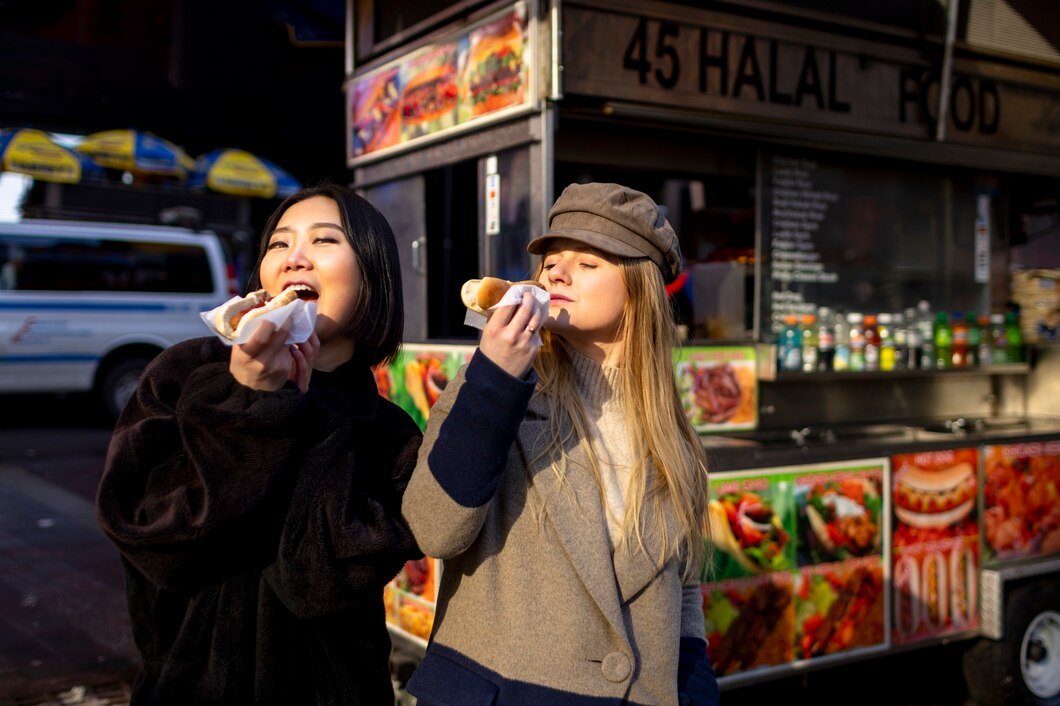Introduction
Imagine strolling through the bustling lanes of Chinatown, where the air is thick with the tantalizing aromas of sizzling satay, fragrant laksa, and sweet pastries. Hawker centers, the heart of this culinary paradise, offer a plethora of affordable and delectable dishes. Yet, amidst this gastronomic delight lies a practice that has sparked both curiosity and concern: the consumption of leftovers. Let’s delve into this phenomenon, exploring its cultural roots, environmental implications, and health considerations.
The Cultural Tapestry of Leftover Consumption
In many Asian societies, frugality is a virtue deeply ingrained in the cultural fabric. The act of consuming leftovers is not merely about sustenance but reflects a broader ethos of resourcefulness and respect for food. Historically, wasting food was frowned upon, and families often repurposed uneaten dishes into new meals, ensuring that nothing went to waste.
In the context of Chinatown’s hawker centers, this practice manifests in various ways. Some individuals, particularly the elderly, have been observed consuming unfinished food left behind by other diners. For instance, an 84-year-old man named Mr. Wang was seen eating leftovers at People’s Park Centre. He explained that his actions were driven by a desire to prevent wastage, noting, “Some people order a lot of food but cannot finish it. I’ve seen more than half of a whole fish left. I thought it was a waste, so I ate it. The food was still warm.”
Environmental Implications: Waste Not, Want Not
Food waste is a pressing global issue, contributing significantly to environmental degradation. When food is discarded, not only are the resources used in its production wasted, but it also leads to increased greenhouse gas emissions as the waste decomposes. In this light, the consumption of leftovers can be seen as an eco-friendly practice that mitigates waste.
Hawker centers, with their high turnover of patrons and diverse food offerings, can generate substantial food waste. By consuming leftovers, individuals contribute to reducing this waste, promoting a more sustainable dining culture. This aligns with broader environmental goals and reflects a commitment to resource conservation.
Health Considerations: Balancing Benefits and Risks
While the intention behind consuming leftovers is commendable, it’s essential to consider the health implications. Food that has been left out can become a breeding ground for bacteria, leading to potential foodborne illnesses. Factors such as the duration the food has been exposed, ambient temperature, and possible contamination by pests play crucial roles in determining its safety.
Daniel Tay, a co-founder of the Freegan movement in Singapore, advises caution. He suggests that instead of consuming abandoned leftovers, individuals could approach diners who are about to leave and ask if they can have their unfinished food. This approach ensures that the food is still fresh and reduces the risk of contamination. Tay emphasizes, “Not only does this ensure that the food is clean and edible, those who provide the food will become more aware of the food waste they are causing.”
Community Perspectives: A Mixed Reception
The practice of consuming leftovers in hawker centers elicits varied reactions from the community. Some view it as a practical solution to food waste, embodying the principles of sustainability and frugality. Others express concerns about hygiene and the potential stigma associated with eating someone else’s leftovers.
A 52-year-old hawker at People’s Park Centre observed that several individuals, mostly elderly, come to the center daily to consume leftovers. He noted that while some patrons respond with kindness, occasionally buying food for these individuals, others remain indifferent or express discomfort.
Promoting Sustainable Practices in Hawker Centers
To address the issue of food waste while ensuring public health, hawker centers and patrons can adopt several strategies:
- Portion Awareness: Diners can be encouraged to order portions that match their appetite, reducing the likelihood of leftovers.
- Food Redistribution: Establishing systems where untouched surplus food can be safely collected and distributed to those in need can help minimize waste.
- Public Education: Raising awareness about the environmental impact of food waste and promoting mindful consumption can foster a culture of sustainability.
- Safe Consumption Practices: For those inclined to consume leftovers, following guidelines such as ensuring the food is still warm, avoiding items that have been exposed for extended periods, and steering clear of high-risk foods can mitigate health risks.
Conclusion
The consumption of leftovers in Chinatown’s hawker centers is a multifaceted issue, intertwining cultural traditions, environmental considerations, and health concerns. While it reflects commendable values of frugality and sustainability, it’s imperative to approach the practice with caution, ensuring that health and safety are not compromised. By fostering a community dialogue and implementing thoughtful strategies, we can honor cultural practices while promoting a safe and sustainable dining environment.
FAQs
1. Is consuming leftovers a common practice in all hawker centers?
While not ubiquitous, the consumption of leftovers has been observed in various hawker centers, particularly in areas with a high concentration of elderly patrons. The prevalence of this practice can vary based on cultural norms and individual circumstances.
2. Are there any legal regulations against consuming leftovers in public places?
There are no specific laws prohibiting the consumption of leftovers in public dining areas. However, individuals are encouraged to exercise discretion and adhere to health guidelines to ensure their safety.
3. How can hawker centers contribute to reducing food waste?
Hawker centers can implement measures such as offering smaller portion sizes, providing takeaway options for unfinished food, and collaborating with food redistribution organizations to channel surplus food to those in need.
4. What are the signs that leftover food is unsafe to eat?
Indicators that food may be unsafe include an unusual odor, visible mold, a slimy texture, or if the food has been left at room temperature for an extended period. It’s always better to err on the side of caution and avoid consuming questionable leftovers.
5. How can individuals practice sustainability without consuming others’ leftovers?
Individuals can contribute to sustainability by ordering appropriate portion sizes, utilizing leftovers from their own meals, supporting establishments that implement eco-friendly practices, and participating in community initiatives aimed at reducing food waste.

